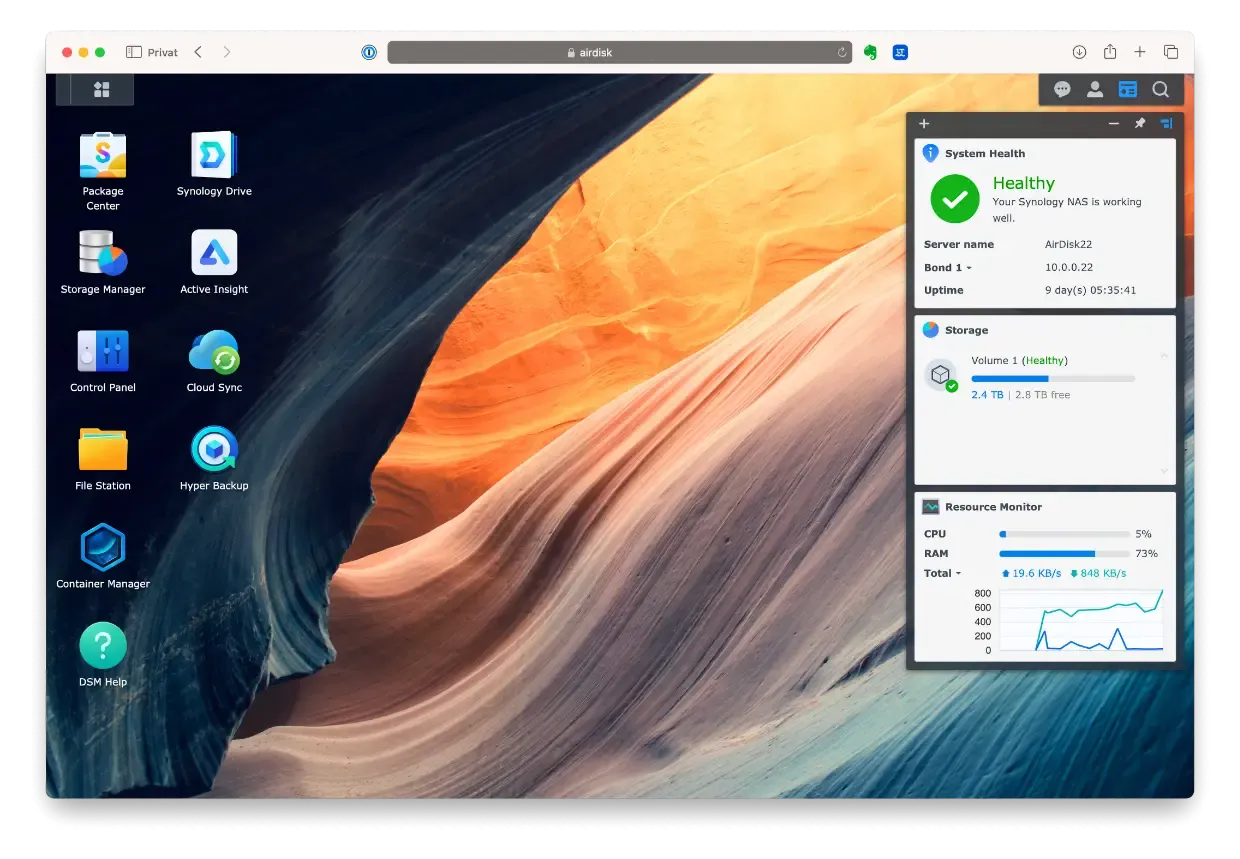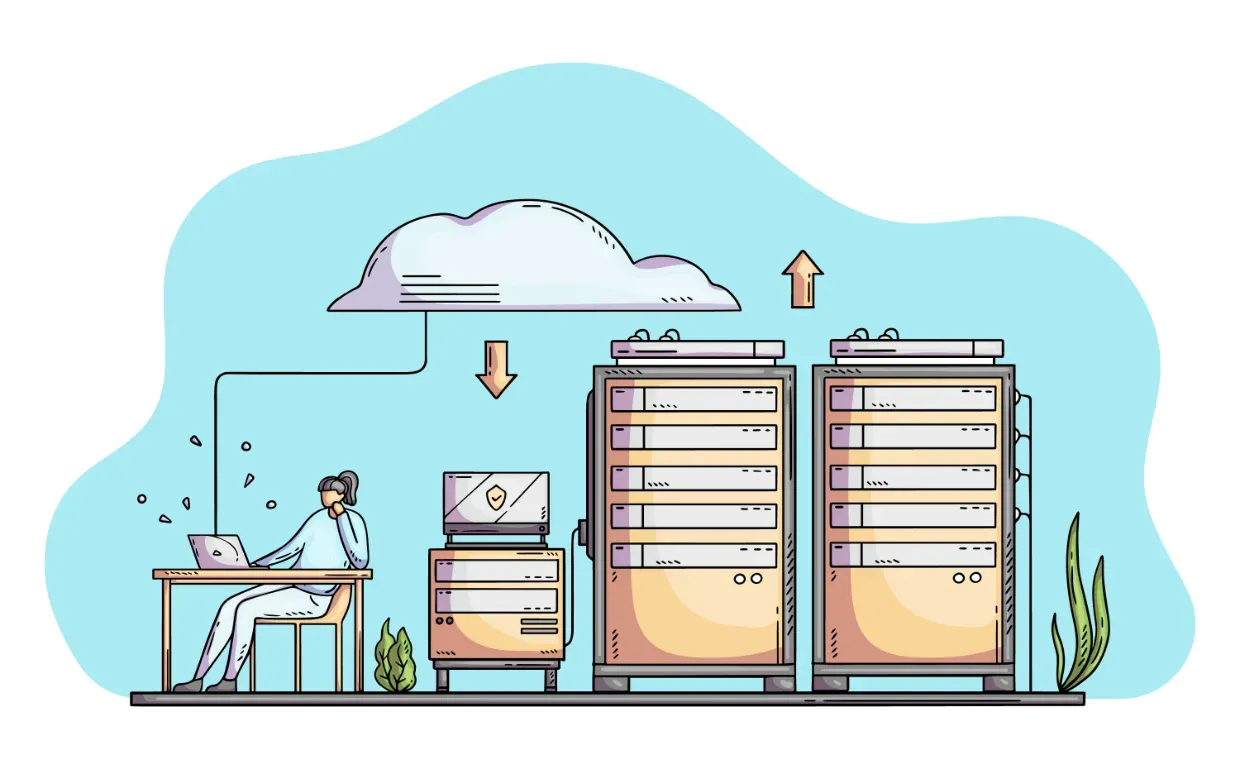Today, I want to share with you my newest project. I'm thrilled to dive into a topic that has revolutionized my digital life - setting up a home server for self-hosting. I decided to set up my server with a Synology RS422+ . Now, you might be wondering what a home server is and why on earth would someone like me, a physician and a tech-savvy family man, take the plunge into this exciting new world? Well, grab a cup of coffee and let me walk you through the journey that led me to this decision.
The Need for a Home Server
What needs drove me to set up a home server? It all comes down to data storage, backups, file sharing, media streaming, and even home automation. As a father, I have a ton of family photos, movies, and music that need safe, accessible storage.
Setting up a home server allows me to manage my data on my terms. But it's not all rainbows; self-hosting brings its challenges, like potential downtime, the need for regular maintenance, and dealing with technical issues firsthand. However, the pros (data control, privacy, and no subscription fees) far outweighed the cons for me.
Choosing the server
Synology RS422+ is a high-performance, scalable, 4-bay rack mount NAS (Network Attached Storage) designed for businesses. But why should businesses have all the fun? I chose this model for its specs - it's powered by a 2-core AMD Ryzen processor, and offers up to 64 TB storage capacity. Its scalability and performance make it an excellent choice for my burgeoning home network needs. But for me the form-factor: 1U 19'' rack-mount extra short (328 mm) was most interesting.
Setting Up the Synology
I won't bore you with all the nuts and bolts, but here's a brief glimpse into the setup process:
- Unpack the Synology RS422+ and install the hard drives.
- Connect it to your network.
- Fire up your computer, find the server via Synology’s web assistant, and follow the on-screen instructions to get it running.
That’s it, once it's all set up, you can start exploring its incredible features.

Life with the Home Server
The Synology has made my life considerably more organized and efficient. I can now access my files from anywhere, making it easier to work from home or on the go. Streaming movies and music across devices has become a breeze, and backups are now automated. One unexpected benefit was the sense of control and independence I gained. No more worrying about what third-party services are doing with my data or going out of business!
I have to mention the rabbit hole: I installed Docker on the server to try some things out. Be aware that this is a whole new world to discover. If you choose to follow this path, great new things can happen, but most of all time disappears.
Who Should Consider Setting Up a Home Server
Home servers aren't just for tech nerds or data hoarders. If you find yourself increasingly reliant on digital files and media, or if you value data privacy and control, a home server could be a game-changer for you. A Synology NAS is a flexible solution that can cater to a wide range of users, from small businesses to creative professionals, researchers, and tech-savvy families.
Conclusion
Setting up a home server has been an empowering and rewarding experience. It's given me control, flexibility, and peace of mind when it comes to managing my digital life.
I'd love to hear from you - have you considered setting up a home server? If you've already embarked on this journey, what's your experience been like?
Tech Specs
For the tech-inclined, here are the core specs of my setup:
- Synology RS422+ NAS Server (2-core AMD Ryzen R1600 CPU, 2 GB DDR4 ECC, 2 RJ-45 1GbE LAN-Ports)
- 2x 6TB WD Red NAS Hard Drive 3.5" (WD60EFAX)
- 2x 500GB WD Red SA500 NAS SATA SSD 2,5” (WDS500G1R0A)

